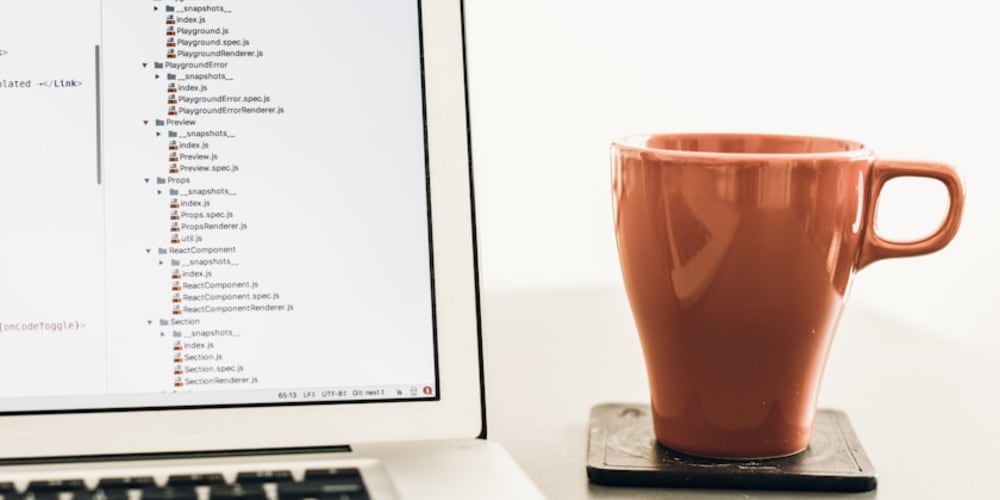DIY Project: Building a Simple Low-Power LED Blinker with the 1SS382 Diode
In the world of DIY electronics, creating circuits that are both functional and educational can be highly rewarding. One classic project that combines simplicity with practicality is the LED blinker circuit. For this project, we'll use the 1SS382 diode, a versatile component ideal for low-power applications. This guide will walk you through constructing a basic LED blinker circuit that demonstrates the functionality of the 1SS382 diode.
What is the 1SS382 Diode?
The 1SS382 is a small-signal diode commonly used in various electronic circuits. It is designed for high-speed switching applications, which makes it suitable for tasks like pulse shaping and signal rectification. The 1SS382 has a low forward voltage drop and can handle small currents, making it ideal for low-power projects such as our LED blinker circuit.
Components Needed
1SS382 Diode: For rectifying and shaping signals in the circuit.
LED: The light-emitting diode that will blink.
Resistors: To limit current and set the timing of the blink.
Capacitor: To control the blinking rate of the LED.
Power Supply: A small DC power source (e.g., a 9V battery).
Breadboard and Jumper Wires: For prototyping the circuit.
Building the LED Blinker Circuit
Understand the Diode’s Role: In this circuit, the 1SS382 will be used in conjunction with a capacitor and resistors to create a timing circuit that makes the LED blink on and off. Its role is crucial in shaping the timing pulse that drives the LED.
Assemble the Basic Circuit:
Power Supply: Connect the positive terminal of the 9V battery to the positive rail of the breadboard and the negative terminal to the ground rail.
LED Connection: Place the LED on the breadboard. The longer leg (anode) connects to the positive rail, while the shorter leg (cathode) connects to the rest of the circuit.
Create the Timing Circuit:
Resistor and Capacitor: To control the blinking rate, connect a resistor and capacitor in series. Choose resistor and capacitor values that give you a desired blink rate. For instance, a 10kΩ resistor and a 100µF capacitor can create a noticeable blinking effect.
Connect the Diode: Place the 1SS382 diode in series with the LED. Connect the anode of the diode to the junction between the resistor and capacitor, and the cathode to the anode of the LED.
Complete the Circuit:
Return Path: Connect the cathode of the LED to the negative rail of the breadboard.
Capacitor Placement: Connect one end of the capacitor to the junction of the resistor and diode, and the other end to the ground rail.
Test the Circuit: Power up the circuit by connecting the 9V battery. You should observe the LED blinking on and off at a rate determined by the resistor and capacitor values. If the blinking is not visible, adjust the resistor or capacitor to achieve the desired rate.
Troubleshooting: If the LED does not blink, ensure all connections are secure and check the orientation of the diode. The 1SS382’s polarity must be correct: the anode to the resistor-capacitor junction and the cathode towards the LED.
Conclusion
Building an LED blinker circuit with the 1SS382 diode is a straightforward and educational project that demonstrates the practical use of small-signal diodes in timing applications. This project provides insight into how components interact to create a functional electronic device. By experimenting with different resistor and capacitor values, you can adjust the blink rate and see the effects of component changes in real-time. Enjoy building your LED blinker and exploring the basics of electronic timing circuits!
www.utsource.net


















